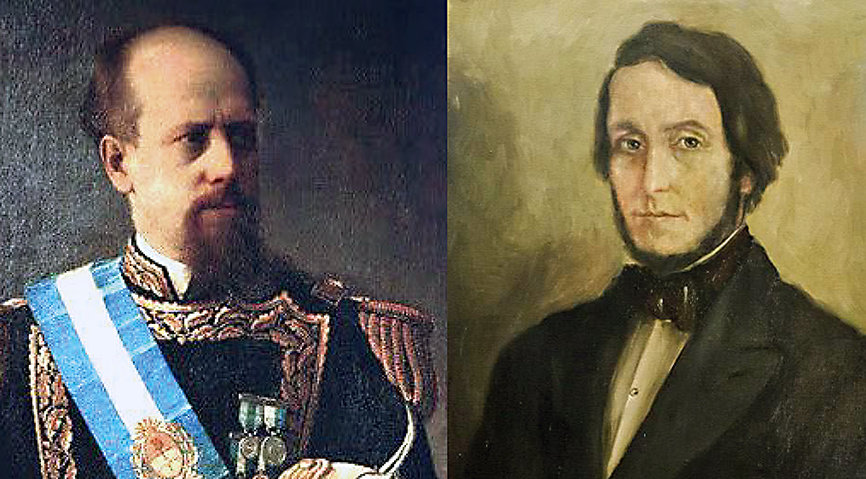States and their governments always participate in the bidding for the historical narrative of their time. In fact, whether by action or omission, filling the stage with male and female idols, male and female villains and even little animals, history and memory are inputs typical of the daily life of any political management. It is not new to seek to squeeze discipline like someone seeking to extract water from stones and a certain solemnity must be removed from the controversies that are generated around said operations. History is a scene of dispute and governments can, and perhaps should, take the course it suggests.
In the case of our dizzying current times, the theater of operations for the fights for history seems to still be quite confused. It is difficult to navigate the national pantheon proposed by the Milei government and find its supposed points of contact; the thread that unites that raconto “alla Billiken” that populates the living room in the pink house with the proposal that arises a few meters away. Even Carlos Saúl Menem, the closest figure in time on the list, who promoted, almost as the first government action, the original reconciliation of the great national conflict by repatriating the remains of Rosas on the one hand and embracing Admiral Rojas on the other, seems far from this proposed ditch between good Argentines and the others.
Even so, the figure that has been mentioned the most lately, Behind the already polysemic or kaleidoscopic Alberdi, is another Tucumán, the almost consensual consolidator of the National State, Julio Argentino Roca, the instruction manual of the Argentine state. Apparently, the President and his cast find in the figure of Roca, and a kind of generic Generation of ’80, the inspiration for national progress, which would thus occur by recovering a directionthat of the “Granary of the World” that would have been lost somewhere between 1916 and 1945 (that’s how confusing the milestones are).
A previous example of reading in a nuanced key of roquismo is found in that kind of roquista Martín Fierro that was Félix Luna’s “Soy Roca”. Over there, With a fictional first-person story that was quite romanticized, Luna showed his own view of that which determined the designs of the Argentine state in the period 1880 to 1910. and whose shadow is still projected today. Half a novel, half a biography, which deserves to be a streaming series, the book justifies asking ourselves in the manner of the meme: How much do men think in the Roman Empire? How much do Argentines think about Roca? The truth is that they do little, and normally they focus their reflection on what was the genocide known as the desert campaign.the cursed fact of the rock continuum that centralizes attention outside of other actions that They served as watersheds such as Law 1420 on Public Education, Law 1532 on National Territories, Law 1130 on monetary unification or the Conflict with the Vatican.to name just a few, and only from his first years in power.
Between the overwhelming Roca of the first presidency and the more pragmatic and reformist of the second, much of the tone of Argentina’s entry into the 20th century was defined. In any case, it is worth clarifying, in none of these versions, the controversial ZOrro could be defined as an enemy by definition of the State, which seems to be the tone of libertarian liberalism in power today, but rather the opposite, a politician who made it his destiny; one who tried to carry out his country project, a creed without restrictions. Peace and Administration was the motto proposed by Roca, more clearly, pour water on it.
However, beyond what can be analyzed about the character, Roca, and the very personalized and inconsistent version that the government led by the Milei brothers wants to install, it must be pointed out that they have learned an important lesson from the Macrista experiment and instead By going on the side of not defining their pantheon, they have taken the initiative to fight on all fronts, including history, without getting carried away by the flora and fauna of a late end of history. The construction of a historical line, a pantheon of heroes and villains, no matter how apocryphal it may seem, no matter how many feet of clay that support it, reigns supreme when it comes to stopping the team of the government story; a classic 4 4 2, closed behind, without stopping to look at the opposite goal.
* Historian, Director of the School of Humanities and Social Studies, UNRN.
**Political scientist. Specialist in Political Communication.
